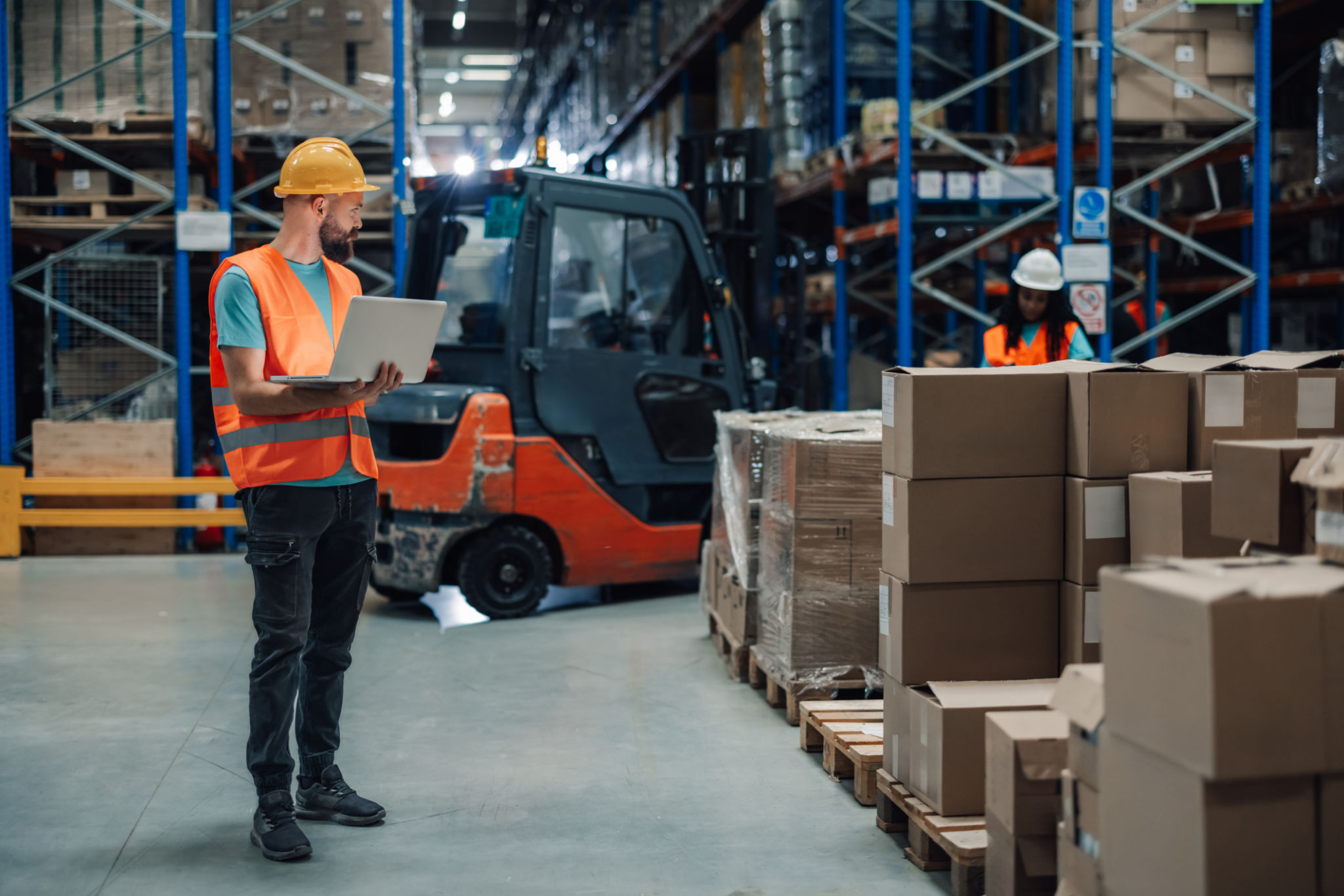Proof of Delivery: Ensuring Accuracy and Accountability in Shipping
Understanding Proof of Delivery
In the world of logistics and shipping, proof of delivery (POD) plays a crucial role in ensuring that goods have been delivered accurately and on time. POD is a document or digital confirmation that verifies the recipient has received the shipment in good condition. This process helps in maintaining transparency between the sender, the carrier, and the recipient, reducing disputes and misunderstandings.
Traditionally, proof of delivery involved paper documents signed by the recipient upon delivery. However, with advancements in technology, digital methods have become more prevalent, offering greater efficiency and accuracy. The shift towards digital POD systems has been driven by the need for real-time tracking and instant updates in the fast-paced logistics industry.

The Importance of Accuracy
Accuracy in proof of delivery is paramount to maintaining trust among all parties involved in the shipping process. An accurate POD ensures that the correct items have been delivered to the right location. This reduces the likelihood of costly errors and returns, which can affect customer satisfaction and a company's bottom line.
To enhance accuracy, companies are increasingly relying on technology such as barcode scanning and GPS tracking. These tools enable precise tracking of shipments from start to finish, ensuring that every step of the delivery process is documented and verified. By leveraging these technologies, businesses can provide their customers with detailed delivery information, fostering trust and reliability.

Accountability in Shipping
Accountability is another key aspect of proof of delivery. It holds all parties responsible for their roles in the shipping process. From the sender's responsibility to package goods correctly to the carrier's duty to transport and deliver safely, each step must be executed with diligence.
POD serves as a record that can be referred to in case of disputes or discrepancies. In instances where goods are damaged or lost, having a clear proof of delivery can help determine where the responsibility lies. This not only aids in resolving issues efficiently but also encourages all parties to adhere to best practices.

Implementing Digital Proof of Delivery Systems
The transition from traditional paper-based methods to digital proof of delivery systems offers numerous advantages. Digital solutions provide real-time updates, reduce paperwork, and allow for easy storage and retrieval of records. These systems often come with features such as electronic signatures, photo capture, and timestamping, which enhance the integrity and reliability of delivery confirmations.
Moreover, digital POD systems can be integrated with existing logistics and inventory management software. This integration streamlines operations and provides businesses with valuable insights into their supply chain performance. As a result, companies can improve their delivery processes and enhance customer satisfaction.

Challenges and Considerations
Despite the benefits, implementing digital proof of delivery systems comes with its own set of challenges. Businesses must consider factors such as data security, employee training, and system compatibility. Ensuring that sensitive customer information is protected is crucial in maintaining trust and compliance with data protection regulations.
Additionally, training staff to use new technologies effectively is essential for maximizing the benefits of digital POD systems. Companies must invest time and resources into educating their employees on how to utilize these tools efficiently to ensure smooth operations.
Conclusion
Proof of delivery is an indispensable part of modern shipping logistics, providing accuracy and accountability throughout the delivery process. As businesses continue to innovate and adopt digital solutions, they can expect improved efficiency, reduced errors, and enhanced customer experiences. By addressing challenges and embracing technology, companies can stay competitive in an ever-evolving industry.
